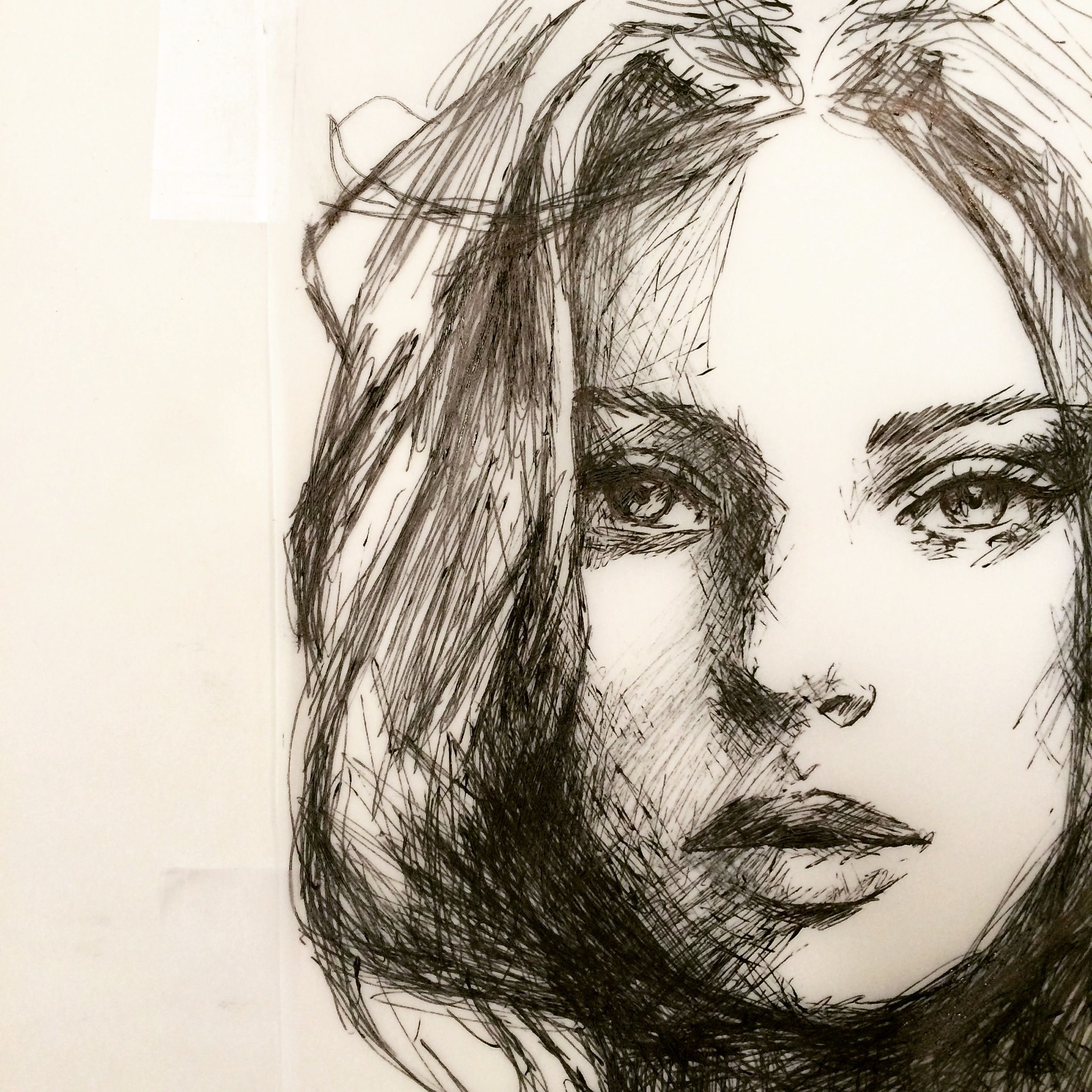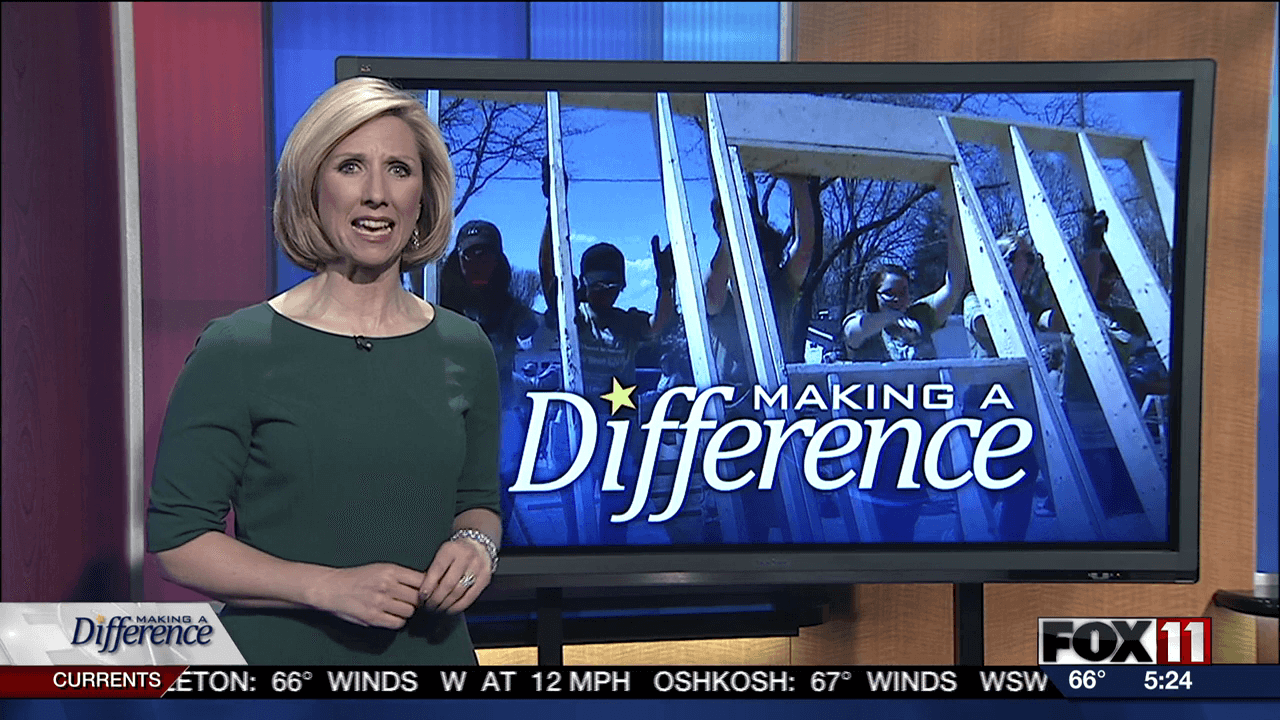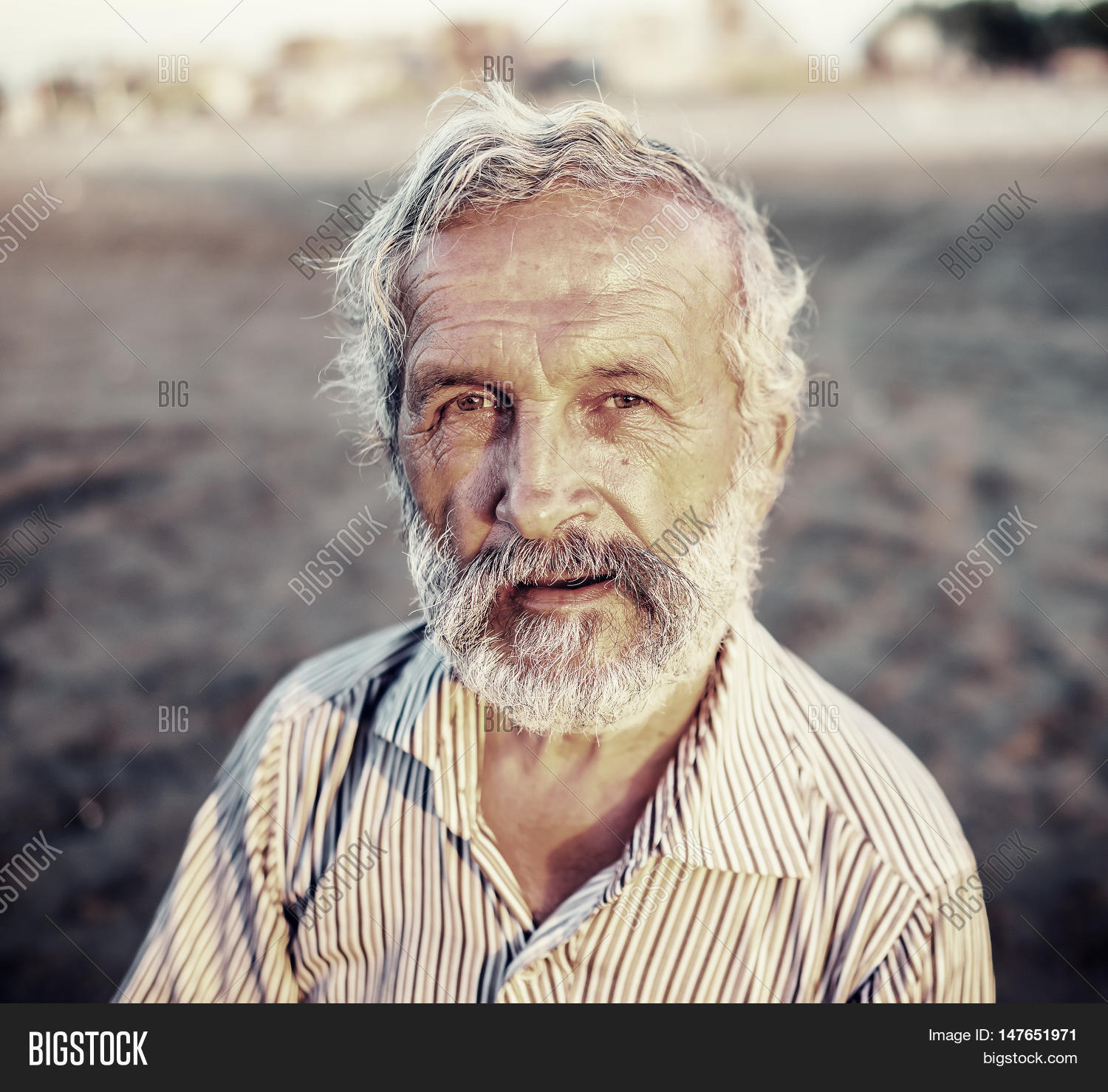Enriching Your Life: 3 Creative Ways to Use Arts & Music Beyond the Classroom
Enrich your life: 3 creative ways to use arts & music beyond the classroom
Arts and music education ofttimes begin in school, but their applications extend far beyond classroom walls. These creative pursuits offer powerful tools for personal expression, community building, and level professional development throughout our lives. Whether you’re a student look to expand your artistic horizons or an adult seek creative fulfillment, integrate arts and music into your everyday life can yield remarkable benefits.
Personal therapy and emotional wellness
One of the about profound applications of arts and music outside school settings is as a form of personal therapy and emotional expression. Creative pursuits provide natural outlets for process complex feelings and experiences.

Source: castlearts.com
Create a personal sanctuary
Set up a dedicated space at home for artistic expression create a sanctuary where you can retreat when feel overwhelmed. This might be a corner with art supplies, a digital music workstation, or just a comfortable spot with a journal and colored pencils.
Many people find that engage with art or music help regulate emotions during difficult times. The act of creation itself can be meditative, allow the mind to focus on the present moment instead than dwell on worries or stress.
Music as emotional medicine
Music therapy techniques can be adapted for personal use at home. Create playlists for different emotional states help manage feelings efficaciously. For example, develop ” ” energiz” playlist for low energy days or a” calm ” ollection for moments of anxiety provide target emotional support.
Learn to play an instrument offer additional therapeutic benefits. The physical act of play engage multiple brain regions simultaneously, create a flow state that temporarily disconnect from everyday concerns. Tied simple percussion instruments like hand drums can provide rhythmic release for tension.
Art journal for self discovery
Art journal combine visual expression with write reflection, create a powerful tool for self discovery. Unlike traditional journaling, art journals welcome messy exploration without judgment.
Start by gather basic supplies: a blank journal, colored pencils, markers, glue, and old magazines for collage. Set by regular time to explore current feelings through color, shape, and texture without focus on technical skill.
This practice frequently reveals patterns and insights that might remain hidden in strictly verbal processing. The combination of visual and write expression engage different cognitive pathways, offer fresh perspectives on personal challenges.
Community building and social connection
Arts and music course bring people unitedly, create meaningful connections across diverse backgrounds. These share creative experiences build community bonds in unique ways.
Collaborative art projects
Community murals transform public spaces while foster neighborhood pride and connection. These projects invite participation from people of all skill levels, create opportunities for intergenerational collaboration.
Begin by identify a suitable wall and secure necessary permissions. Host community design meetings where residents contribute ideas reflect local culture and history. Divide the execution into manageable sections where people can participate accord to their comfort level.
The finished mural become more than decoration — it stands as a visual representation of collective identity and shared values. The process itself build relationships that oftentimes extend beyond the project’s completion.
Music circles and jam sessions
Informal music gatherings create accessible entry points for musical participation outside formal performance settings. Unlike concerts, these gatherings emphasize process over product, welcome participants of vary skill levels.
Drum circles offer may hap the near accessible format, as many percussion instruments require minimal technical training. The synchronized rhythms create a sense of unity and collective flow that transcend verbal communication.
For those with some instrumental experience, regular jam sessions provide opportunities to develop improvisation skills in a supportive environment. These gatherings oftentimes evolve organically, with regular participants develop musical relationships that deepen over time.
Arts based community service
Creative skills can be powerful tools for community service. Consider organize arts programs for underserved populations or facilities where creative expression might be limited.
Volunteer music performances at senior centers bring joy while combat isolation. Simple sing along with familiar songs can spark memory and connection, specially valuable for those with cognitive challenges.
Teach basic art techniques to youth in after school programs provide creative outlets while build mentor relationships. These interactions benefit both participants and volunteers, create meaningful intergenerational connections.
Art supply drive for schools with limited resources extend the impact of creative pursuits to those who might differently lack access. Organize collection points at community centers or local businesses build awareness while gather concrete resources.
Professional development and career enhancement
The skills develop through arts and music transfer unmistakably intimately to professional settings, evening in fields not direct relate to creative pursuits. Integrate artistic thinking into career development create distinctive advantages.
Creative problem-solving
Artistic processes course develop innovative thinking patterns valuable across professional domains. Regular creative practice train the brain to approach challenges from multiple perspectives, identify novel solutions that might remain hidden through linear analysis unique.
Design thinking methodologies, earlier develop for product design, nowadays apply to almost every industry. These approaches emphasize empathy, experimentation, and iteration — skills course develop through artistic practice.
Consider establish a regular” creative thinking ” ractice to develop these skills. Set aside time to explore work challenges through visual mapping, metaphorical thinking, or evening musical improvisation. These ostensibly unrelated activities oftentimes spark unexpected insights applicable to professional challenges.
Enhanced communication skills
Visual communication skills develop through art translate direct to professional presentations and information design. Understand principles of composition, color psychology, and visual hierarchy improve everything from slide decks to marketing materials.
Musical training develop sophisticated listening abilities that enhance interpersonal communication. Musicians learn to attend simultaneously to their own contribution and the overall group sound — a skill forthwith applicable to effective teamwork and leadership.
Public speak benefits hugely from theatrical techniques. Understand stage presence, vocal projection, and narrative pacing transform ordinary presentations into compelling experiences that resonate with audiences.
Personal branding and portfolio development
Creative skills offer distinctive advantages in develop a personal professional brand. In competitive job markets, candidates who demonstrate creative thinking oftentimes stand out from evenly qualified peers.
Digital portfolios benefit from basic design principles that communicate professionalism and attention to detail. Yet non-creative positions progressively request portfolio style demonstrations of past work and accomplishments.
Social media platforms provide opportunities to showcase creative thinking within professional contexts. Thoughtfully design content demonstrate both subject expertise and communication skill, create a compelling professional narrative.

Source: edweek.org
Integrating arts and music into daily life
The virtually sustainable approach to arts and music involve integrate creative practices into everyday routines instead than treat them as separate activities require special time and resources.
Create rituals and routines
Morning sketch sessions while enjoy coffee establish a center practice before busy days begin. Evening five minutes of creative activity set a positive tone for the hours beforehand.
Evening music listen rituals help transition from work to personal time. Create specific playlists for this transition period signals to your brain that the workday has concluded.
Weekend creative exploration provide structure for leisure time that feel both productive and rejuvenating. Designate Sunday afternoons for artistic experiments, for example, create anticipate pockets of creative fulfillment.
Environmental integration
Surround yourself with meaningful artistic elements transform everyday environments. This might include display personal creative work, thoughtfully select art from others, or create inspiration collections relate to current interests.
Sound design for living spaces influences mood and energy. Consider how different types of background music affect your productivity, relaxation, and social interactions. Experiment with create different sonic environments for different activities.
Creative organization systems bring artistic thinking to practical challenges. Color code systems, visually pleasing storage solutions, and esthetically consider arrangements make everyday tasks more engaging.
Digital creative practice
Smartphone apps provide accessible entry points to creative practice without special equipment. Photography apps, digital sketching tools, and music creation platforms literally put creative tools in your pocket.
Online communities offer connection with fellow creators, provide motivation and accountability. These digital spaces oftentimes develop into meaningful communities of practice where members support each other’s growth.
Virtual classes and tutorials remove geographic barriers to learn new creative skills. The abundance of free and low cost instruction make continue creative education available to about everyone with internet access.
Overcome barriers to creative practice
Despite the benefits of arts and music engagement, many people encounter obstacles that prevent regular creative practice. Address these barriers direct increase the likelihood of sustainable creative engagement.
Address the” not talented enough ” yth
Peradventure the virtually pervasive barrier to creative practice is the belief that artistic expression require innate talent. This misconception oftentimes stems from early educational experiences where technical skill wasoveremphasizede.
Contemporary understanding of creativity recognize that creative skills develop through practice instead than spring amply form from natural ability. Approach creative activities with a growth mindset — focus on process and improvement instead than immediate results — transform the experience.
Consider start with forms explicitly design for beginners, such as entangle drawing, find poetry, or rhythm games. These structured approaches provide supportive frameworks while build fundamental skills.
Find time and resources
Time constraints present real challenges for creative practice. Preferably than wait for large blocks of free time, identify small pockets throughout your day when brief creative engagement might fit.
Financial limitations need not prevent creative expression. Household items can become art supplies, free apps provide sophisticated creative tools, and library resources offer access to instruments and instruction.
Energy management may really be the virtually significant resource challenge. Identify your personal high energy periods and protect small portions of this time for creative practice yields better results than attempt to create when depleted.
Conclusion
Arts and music extend far beyond school environments, offer powerful tools for personal wellbeing, community connection, and professional development. By integrate creative practices into daily routines, anyone can access the benefits of artistic engagement disregarding of formal training or natural ability.
The virtually sustainable approach involves start small, focus on process instead than product, and connect with supportive communities that encourage continued exploration. As these practices become habitual, they transform from separate activities into integrated aspects of a rich, creative life.
Whether through personal therapeutic practice, community building initiatives, or professional skill enhancement, arts and music provide versatile tools for navigate contemporary challenges while enhance overall quality of life. The creative capacities develop in these pursuits transfer across domains, enrich every aspect of human experience.



